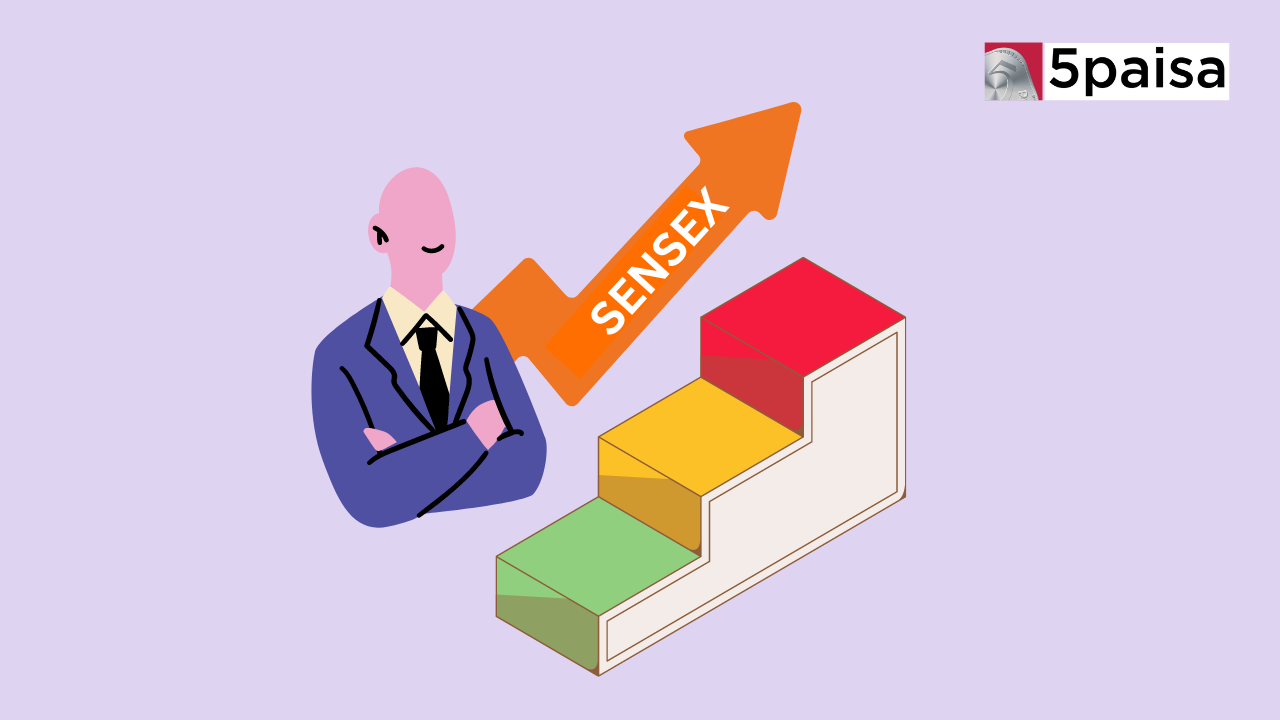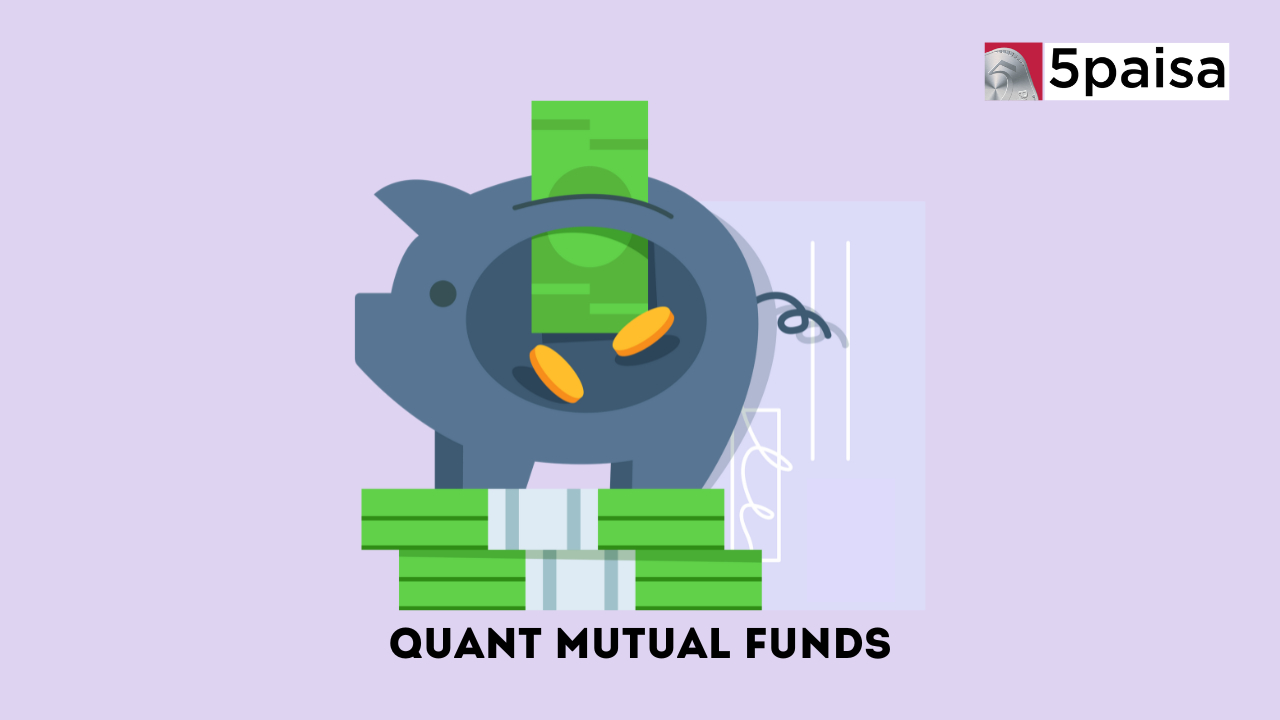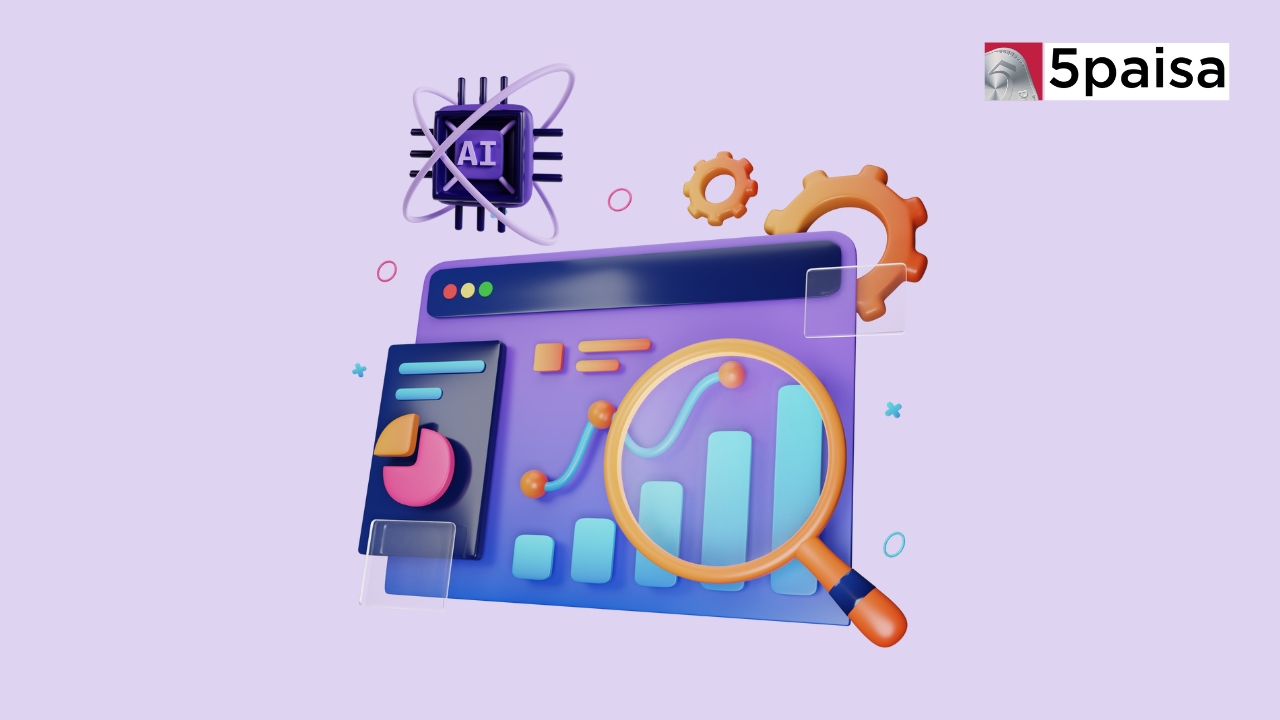List Of Maharatna Companies In India
Best Index Funds to Invest in India

Last Updated: 23rd May 2024 - 01:57 pm
Investing in the Indian stock market has become increasingly approachable and easy for investors, thanks to the existence of index funds. These financial tools offer a simple and cost-effective way to gain exposure to the larger market without requiring lengthy study or active management. As we near 2024, index funds are expected to continue gaining popularity, driven by their natural benefits and the growing demand for dormant investment choices. In this piece, we will explore the best index funds to invest in India in 2024, giving valuable insights and suggestions to help you make informed investing choices.
What are Index Funds?
Index funds are a type of mutual fund meant to track the success of a particular market index, such as the Nifty 50 or the Sensex. These funds try to replicate the makeup and results of the underlying index by owning a mix of stocks that match the index. Unlike actively managed funds, index funds do not try to beat the market but rather seek to match the index's performance, resulting in lower management fees and costs.
Best Index Funds to Invest
UTI Nifty Index Fund:
This fund tries to mirror the performance of the Nifty 50 index, giving exposure to the top 50 companies in the Indian stock market. With a low-cost ratio and a proven track record, it is a safe choice for buyers seeking broad market exposure.
ICICI Prudential Nifty Next 50 Index Fund:
As the name suggests, this fund tracks the success of the Nifty Next 50 index, representing the following 50 companies after the Nifty 50. It exposes mid-cap and rising large-cap companies, offering diversity and growth prospects.
Mirae Asset Nifty 50 ETF:
An exchange-traded fund (ETF) that tracks the Nifty 50 index, this fund offers low-cost exposure to the Indian large-cap section. ETFs are known for their availability, openness, and tax efficiency, making them an attractive choice for investors.
HDFC market Fund - Sensex Plan:
This fund tracks the success of the Sensex, India's longest and most widely watched market. It exposes buyers to the top 30 companies traded on the Bombay Stock Exchange (BSE).
Nippon India Index Fund - Sensex Plan:
Similar to the HDFC Index Fund, this fund also aims to mirror the performance of the Sensex index, giving a diverse selection of large-cap stocks.
SBI Nifty Index Fund:
Managed by the State Bank of India, this fund tracks the Nifty 50 index and is known for its low fee ratio, making it a cost-effective choice for buyers wanting broad market exposure.
Motilal Oswal Nasdaq 100 ETF:
This ETF gives Indian buyers exposure to the Nasdaq 100 index, which includes 100 of the biggest non-financial companies listed on the Nasdaq stock market, including technology giants like Apple, Microsoft, and Amazon.
Kotak Nifty ETF:
Another low-cost ETF that tracks the Nifty 50 index, giving buyers an easy way to gain exposure to the Indian large-cap section through a diverse portfolio.
IDFC Nifty 100 Index Fund:
This fund aims to mirror the performance of the Nifty 100 index, which comprises the top 100 companies by market value traded on the National Stock Exchange (NSE).
Axis Nifty ETF:
Rounding out the top 10 is the Axis Nifty ETF, which uses the Nifty 50 index and provides buyers with a cost-effective way to invest in the Indian large-cap sector.
Best Performing Index Funds for SIP
| Fund Name | Category | 3-year Return (%)* | 5-year Return (%)* | Ratings | AUM (In Crs) |
| UTI Nifty Index Fund | Equity: Large Cap | 17.5% | 12.8% | 4★ | 7,890 |
| ICICI Prudential Nifty Next 50 Index Fund | Equity: Large & Mid Cap | 20.2% | 14.1% | 4★ | 2,345 |
| Mirae Asset Nifty 50 ETF | ETF: Equity | 17.3% | 12.6% | 4★ | 1,980 |
| HDFC Index Fund - Sensex Plan | Equity: Large Cap | 17.1% | 12.4% | 4★ | 1,765 |
| Nippon India Index Fund - Sensex Plan | Equity: Large Cap | 17.0% | 12.3% | 4★ | 1,620 |
| SBI Nifty Index Fund | Equity: Large Cap | 16.9% | 12.2% | 4★ | 1,410 |
| Motilal Oswal Nasdaq 100 ETF | ETF: Overseas | 22.8% | 18.5% | 4★ | 1,205 |
| Kotak Nifty ETF | ETF: Equity | 17.2% | 12.5% | 4★ | 915 |
| IDFC Nifty 100 Index Fund | Equity: Large Cap | 16.8% | 12.1% | 4★ | 890 |
| Axis Nifty ETF | ETF: Equity | 17.1% | 12.4% | 4★ | 875 |
List of different types of Index funds to invest
● Large-cap Index Funds: These funds follow large-cap markets like the Nifty 50 or the Sensex, giving exposure to the biggest and most known companies in the Indian stock market.
● Mid-cap and Small-cap Index Funds: As the name suggests, these funds track indices representing mid-cap and small-cap companies, exposing buyers to possibly higher growth possibilities in these areas.
● Sectoral Index Funds: These funds track the success of specific sectors or businesses, such as banks, information technology, or drugs, allowing investors to gain focused exposure to particular market parts.
● Thematic Index Funds: These funds track indices based on particular themes or investment strategies, such as environmental, social, and governance (ESG) factors, low volatility, or income return.
● Exchange-sold Funds (ETFs): ETFs are index funds sold on stock markets, giving buyers real-time price and liquidity. ETFs can track different indices, including broad market, industry, and foreign index.
Market Mimicry
One of the critical benefits of index funds is their ability to mimic the success of the underlying market index they track. This "market mimicry" feature allows buyers to join the market's overall growth without requiring lengthy stock picking or active management. By having a diverse portfolio that matches the index, index funds provide buyers with broad market exposure and the possibility for long-term growth.
How to Choose the Right Index Fund to Invest
When choosing an index fund to invest in, consider the following factors:
● Investment Objective: Determine your investment goals, such as long-term wealth building, income generation, or portfolio variety, and choose an index fund that fits those objectives.
● Risk Tolerance: Assess your risk appetite and choose an index fund that fits your risk profile. Large-cap index funds are usually viewed as less dangerous than mid-cap or small-cap funds.
● Expense Ratio: Compare the expense ratios of different index funds, as lower fees can majorly affect long-term profits. ETFs generally have lower cost rates compared to standard index funds.
● Tracking Error: Evaluate the fund's ability to closely track the performance of the underlying index by studying its tracking error, which measures the departure from the index's results.
● Fund Manager and Fund House: Consider the name and track record of the fund manager and the fund house, as well as their financial theory and management style.
● Taxation: Understand the tax effects of buying in different types of index funds, as the tax treatment may change based on the fund structure (e.g., mutual fund or ETF).
Conclusion
As the Indian stock market changes, index funds will likely play an increasingly important part in the financial scene. With their ability to provide broad market exposure, low costs, and the possibility for long-term growth, index funds offer an appealing investment chance for investors in 2024. By carefully considering the various choices available and matching your investment decisions with your financial goals and risk tolerance, you can tap the power of index investing and achieve sustainable returns over the long run.
- Flat ₹20 Brokerage
- Next-gen Trading
- Advance Charting
- Actionable Ideas
Trending on 5paisa
Indian Stock Market Related Articles
Disclaimer: Investment in securities market are subject to market risks, read all the related documents carefully before investing. For detailed disclaimer please Click here.
 5paisa Research Team
5paisa Research Team
 Sachin Gupta
Sachin Gupta




